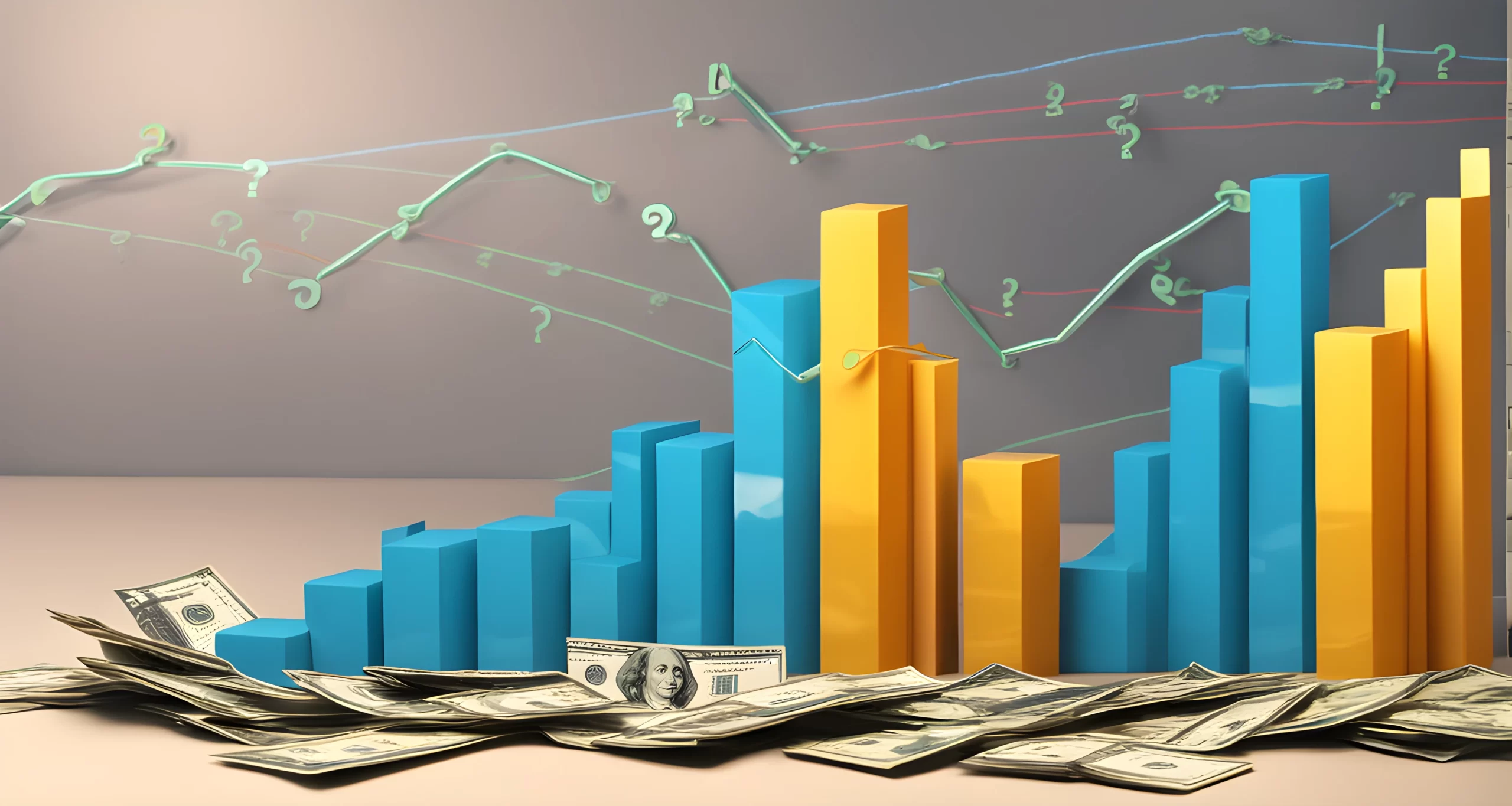Introduction to High-Yield Investment Instruments
High-yield investment instruments, also known as high-risk investments, offer the potential for higher returns than other investment instruments, but they come with a higher level of risk. These investments are not suitable for all investors, and they should only be considered by those who fully understand the risks involved and have the financial resources to absorb potential losses.
Investing in high-yield investment instruments can be an attractive option for individuals looking to maximize their returns. However, it is important to understand that the potential for higher returns comes with a greater level of risk. As such, it is crucial for investors to carefully assess their risk tolerance and financial situation before considering these types of investments.
In "Beginners Financial Opportunities Tips," investors can find useful information on how to assess their risk tolerance and determine if high-yield investment instruments are suitable for their financial goals Beginners Financial Opportunities Tips. This resource can provide valuable insights into the factors that individuals should consider before diving into high-risk investments.
It is essential for investors to understand the nature of high-yield investment instruments and the potential risks associated with them. By gaining a deeper understanding of these investments, individuals can make informed decisions about whether they are suitable for their portfolio. This includes evaluating factors such as liquidity, credit risk, and market volatility.
In the following sections of this article, we will delve into the potential for higher returns versus a higher level of risk associated with high-yield investment instruments. We will also explore the different types of high-risk investments available to investors, considerations that individuals should keep in mind when investing in these instruments, as well as regulatory protections and risks associated with high-yield investment instruments.
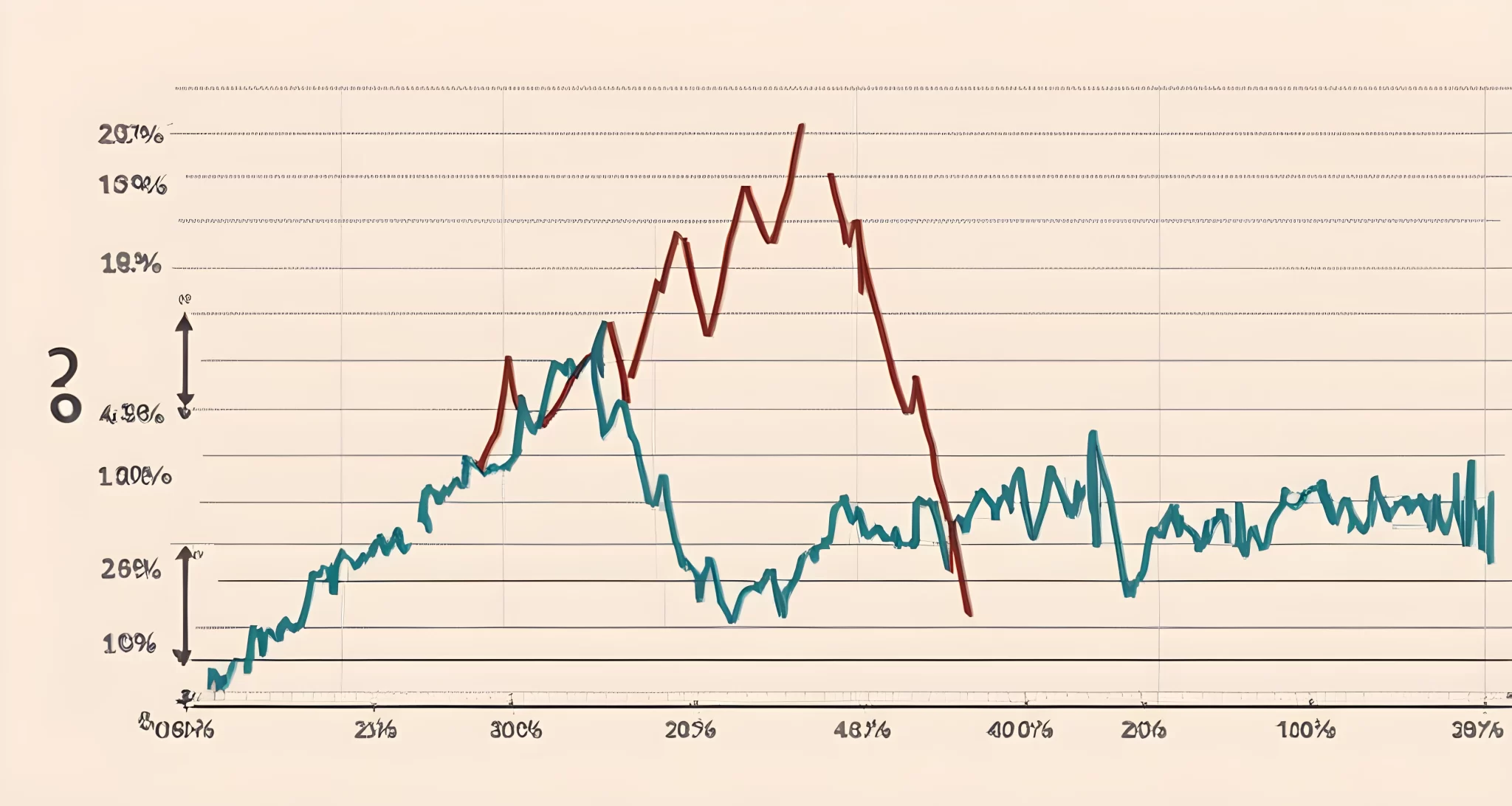
Potential for Higher Returns vs. Higher Level of Risk
High-yield investments often target a high rate of return, which can be attractive to investors seeking higher returns than those available from mainstream investments. However, this higher return comes with a higher risk of losing all or even more than the invested capital. The risk of losing money is particularly high for some high-risk investments, such as cryptoassets, mini-bonds, land banking, and Contracts for Difference (CFDs).
It’s important for investors to weigh the potential for higher returns against the higher level of risk involved. While the allure of greater profits can be enticing, it’s essential to consider the potential downsides and the impact on your overall investment portfolio.
When considering high-yield investment opportunities, it’s crucial to conduct thorough research and due diligence. Understanding the specific risks associated with each investment vehicle is paramount in making informed decisions Improving investment yields. High-risk investments may include speculative ventures or volatile markets, which can lead to significant fluctuations in value and potential losses.
Investors should also consider their risk tolerance and investment goals when evaluating high-yield opportunities. While some individuals may have a higher appetite for risk and seek aggressive growth strategies, others may prioritize capital preservation and steady returns. Balancing the potential for higher returns with the corresponding level of risk is a critical aspect of constructing a well-diversified investment portfolio.
Additionally, regulatory protections and oversight play a crucial role in mitigating risks associated with high-yield investments. Understanding the regulatory landscape and investor protections related to specific investment instruments can provide valuable insights into potential risks and safeguards.
In conclusion, while high-yield investments offer the potential for greater returns, they also come with a commensurate level of risk. Investors must carefully assess their risk tolerance, conduct thorough research, and consider regulatory protections when evaluating high-yield opportunities to make informed investment decisions.
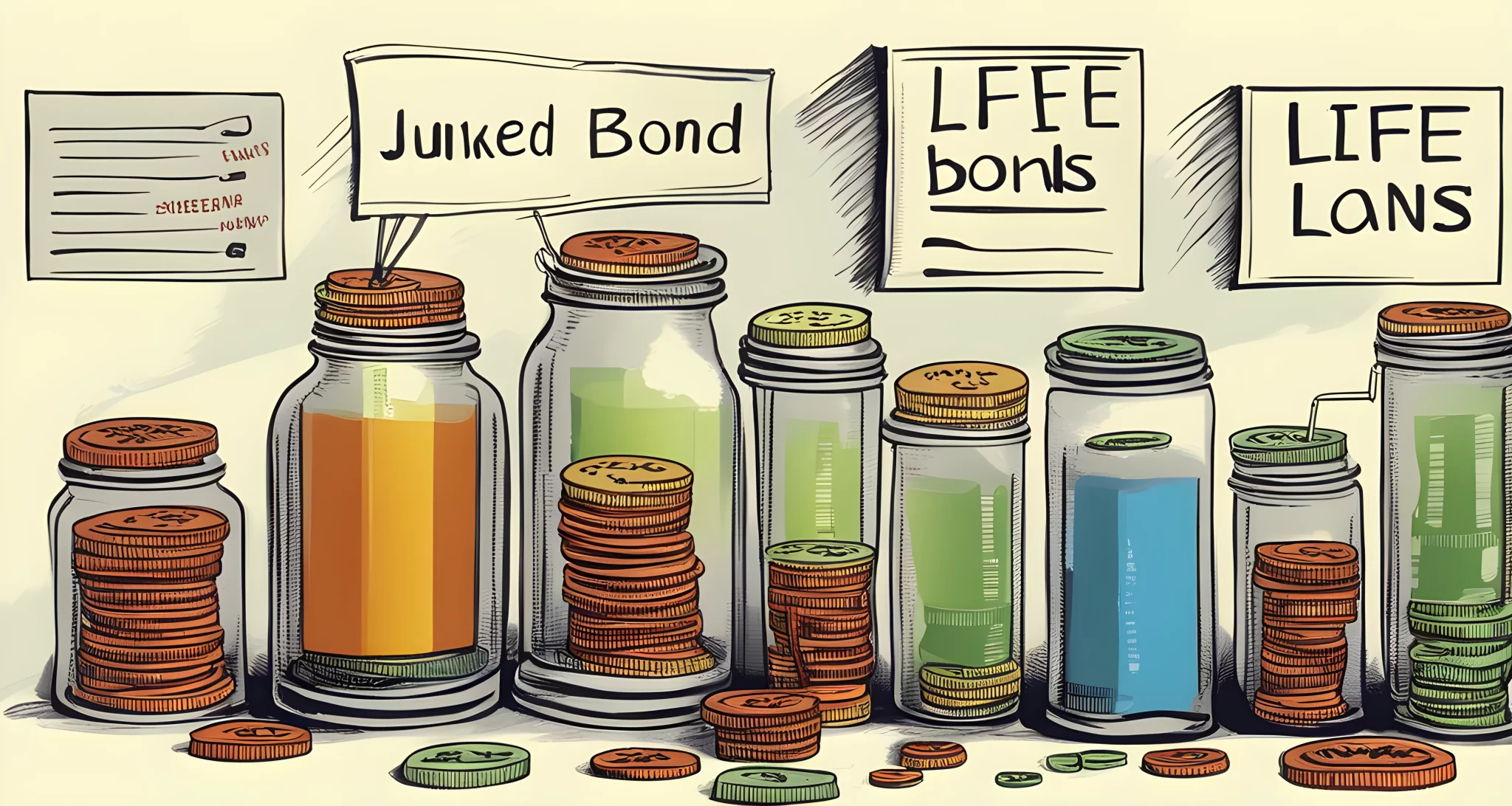
Types of High-Risk Investments
When it comes to high-risk investments, there are several types that investors should be aware of. These investments often promise high returns, but they also come with a higher level of risk and volatility.
High-Yield Bonds
High-yield bonds, also known as junk bonds, are issued by companies with lower credit ratings. These bonds typically offer higher interest rates than investment-grade bonds, but they also come with a higher risk of default. Investors should be prepared for the potential for lower returns than expected, as there is no guarantee that these investments will deliver the high returns they promise.
Leveraged Loans
Leveraged loans are loans made to companies that already have a significant amount of debt. These loans often come with higher interest rates to compensate for the increased risk, and they may be more difficult to access when needed due to lower liquidity.
Emerging Market Investments
Investing in emerging markets can offer the potential for high returns, but it also comes with a higher level of risk. These markets can be more volatile, with the value of the investment being highly dependent on market confidence, which can change significantly from day to day.
Alternative Investments
Alternative investments, such as hedge funds and private equity, are another type of high-risk investment. These investments often have lower liquidity than mainstream investments, making it more difficult to access your money when needed. Additionally, they may be more volatile and have a higher level of risk compared to traditional investments.
Investors considering high-risk investments should carefully consider their risk tolerance and investment goals before diving in. It’s essential to understand that while these investments offer the potential for higher returns, there is also a higher level of risk involved. Additionally, regulatory protection for these investments may be limited Maximizing ROI for novices, so it’s crucial to conduct thorough research and seek professional advice before making any investment decisions.
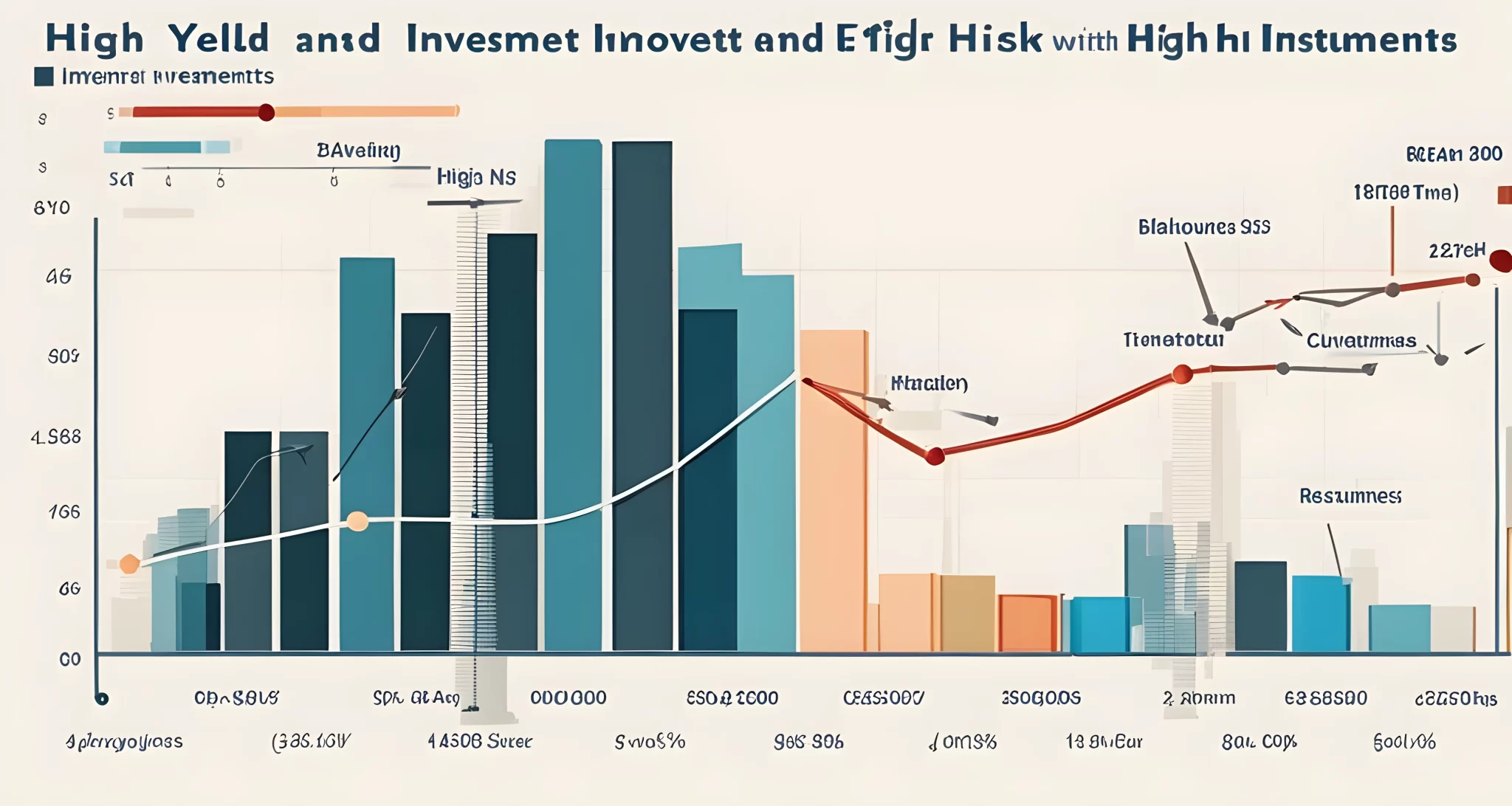
Considerations for Investors
Investors in high-yield instruments should be prepared for the potential for lower returns than expected, as there is no guarantee that these investments will deliver the high returns they promise. High-risk investments often come with a higher level of uncertainty and unpredictable outcomes, which means that investors should approach these opportunities with caution. It’s important to thoroughly research and understand the specific risks associated with each investment before committing any funds.
Additionally, high-risk investments often have lower liquidity than mainstream investments, making it more difficult to access your money when needed. Liquidity refers to how quickly an investment can be converted into cash without impacting its market price. With high-yield instruments, it’s essential to consider the potential challenges of selling or cashing out the investment in a timely manner if the need arises.
Moreover, these investments may also be more volatile, with the value of the investment being highly dependent on market confidence, which can change significantly from day to day. This means that investors should be prepared for fluctuations in the value of their investments and be willing to hold onto them for longer periods if necessary.
It’s crucial for investors to assess their risk tolerance and financial goals before investing in high-yield instruments. Understanding the potential downsides and risks associated with these investments is essential for making informed decisions. Diversification is also key. By spreading investments across a variety of high-yield instruments and other asset classes, investors can mitigate some of the risks associated with high-risk investments.
To further protect their investments, investors may also consider seeking advice from financial professionals or conducting thorough research on risk management strategies related to high-yield instruments. Understanding the impact of inflation on investment returns is also crucial Inflation impact investment. By staying informed and proactive, investors can navigate the potential pitfalls of high-risk investments more effectively and increase their chances of achieving their financial objectives.
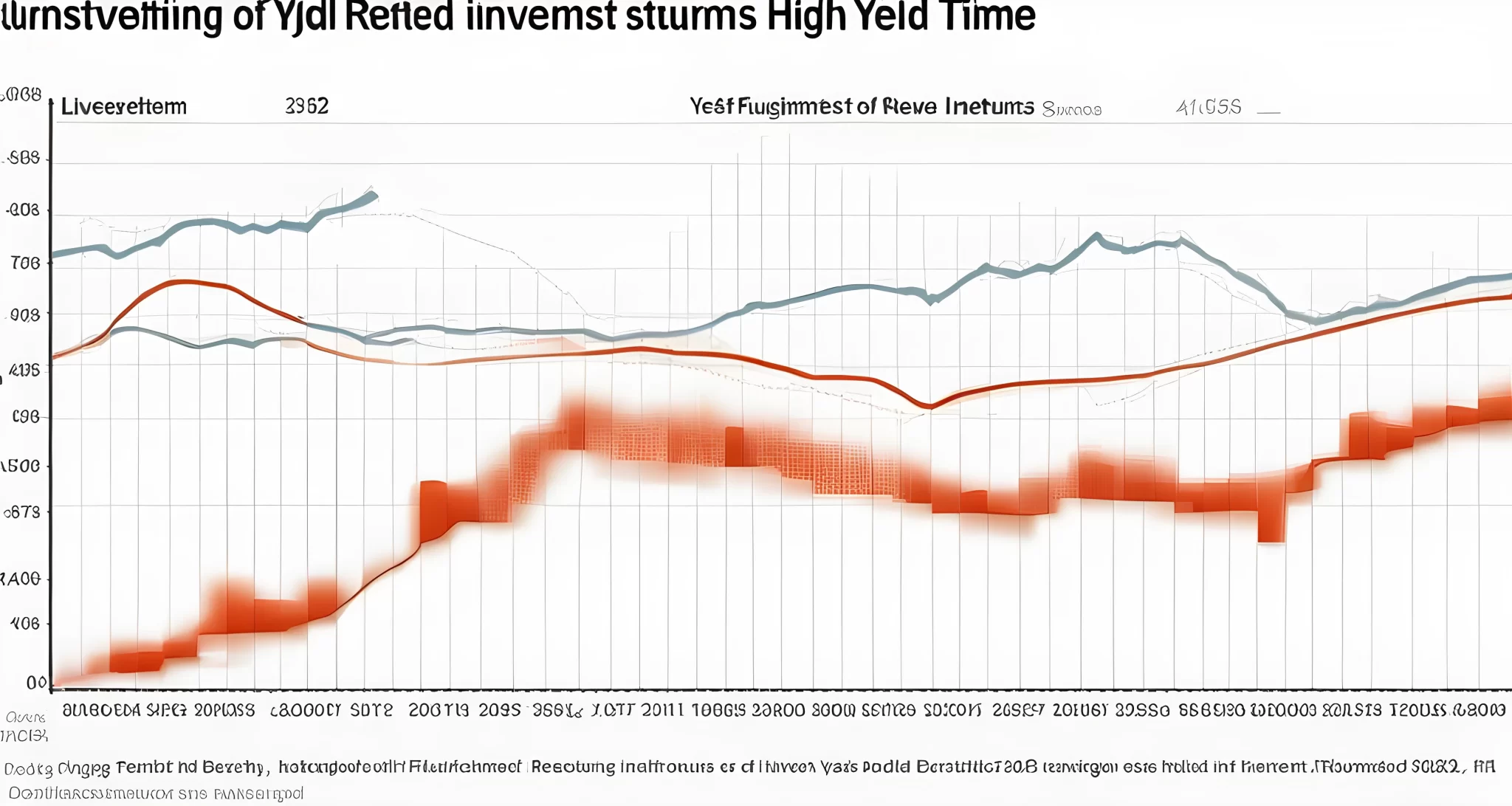
Regulatory Protection and Risks
Regulatory protection is an important factor to consider when evaluating high-risk investment instruments. Unlike more traditional investments, high-risk options such as penny stocks, options, and cryptocurrencies are generally not covered by regulatory safeguards. This means that investors have limited recourse if something goes wrong.
Without regulatory protection, investors face a higher level of risk when investing in these instruments. In the event of fraudulent activity or a market collapse, there may be little to no legal recourse for those who have put their money into high-risk investments. This lack of protection makes high-risk investments particularly risky, and investors should carefully consider the potential downsides before investing in these instruments.
It’s crucial to understand that the potential for higher returns with high-risk investments is often accompanied by a higher level of risk. The absence of regulatory protection means that investors must be prepared to accept the full consequences of their investment decisions. Before diving into high-risk investments, it’s important for investors to carefully assess their risk tolerance and financial goals.
For those considering high-risk investments, it’s also important to seek out reputable financial advice and consider diversifying their investment portfolio. Additionally, understanding the regulatory landscape can help investors make informed decisions about where to put their money.
In contrast to high-risk investments, long-term stability can be achieved through more conservative investment strategies. For individuals seeking stability in their investment portfolio, it may be beneficial to explore Long-Term Investment Stability strategies that focus on minimizing risk and maximizing long-term returns. By understanding the risks associated with high-yield investment instruments and considering the available regulatory protection, investors can make more informed decisions about their investment choices.
FAQ
What are high-yield investment instruments?
High-yield investment instruments, also known as high-risk investments, offer the potential for higher returns than other investment instruments, but they come with a higher level of risk.
Who are high-yield investments suitable for?
These investments are not suitable for all investors, and they should only be considered by those who fully understand the risks involved and have the financial resources to absorb potential losses.
What are the risks associated with high-yield investments?
The risk of losing money is particularly high for some high-risk investments, such as cryptoassets, mini-bonds, land banking, and contracts for difference (cfds). additionally, there is no guarantee that these investments will deliver the high returns they promise.
What are the challenges in investing in high-yield instruments?
High-risk investments often have lower liquidity than mainstream investments, making it more difficult to access your money when needed. they may also be more volatile, with the value of the investment being highly dependent on market confidence, which can change significantly from day to day.
